
Words and Photos by Robin Pearson
Last Autumn, after shooting Ride UK projects on my digital camera all year, I found myself looking for excuses to use my beloved film camera. These days, digital SLRs are so competent and RAW image processing so flexible that picking up the old medium format equipment seems like the difficult option. And with the inherent costs of film, processing and scanning, it’s a real labour of love that can ask a lot of the bank balance, so why would I want to do it?
The reasons are many. It’s a completely different experience for both the photographer, who gets the joy of using a beautifully designed old machine to capture an image, and the rider, who must put extraordinary trust in who they’re shooting with. Plus there’s the fact that, obviously, it’s impossible to review the photo until the film has been processed. The younger readers might think this idea bizarre but, trust me, shooting on film is an exciting experience that can only be described as magical.
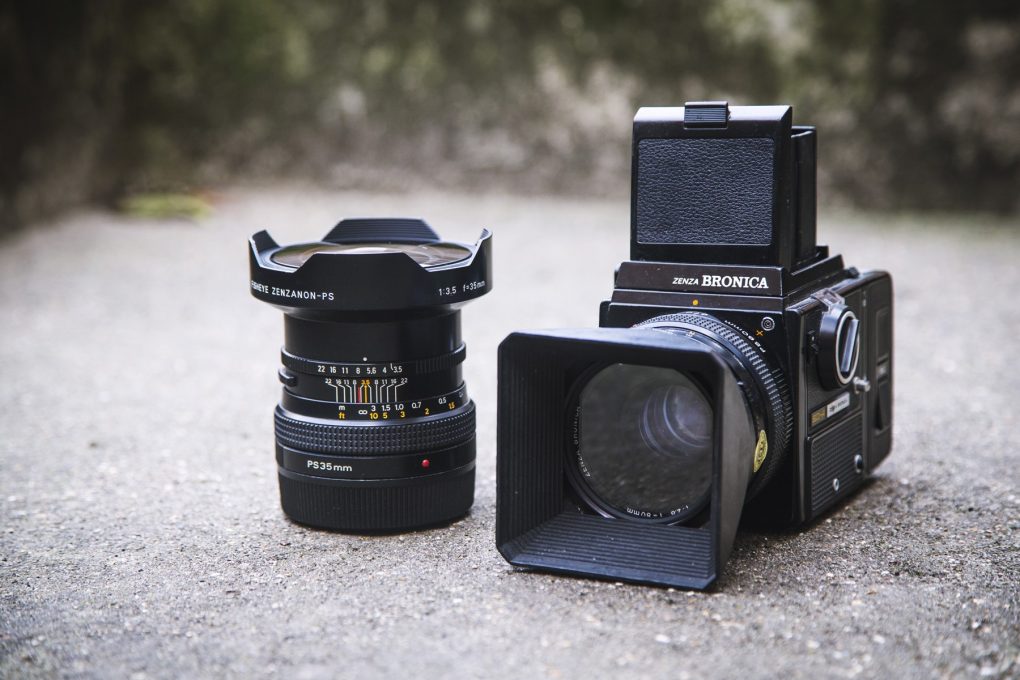
Some people use a kind of machine-gun approach to photography, picking up a camera and shooting recklessly on automatic modes until they get the image they’re happy with. My 1980s Bronica SQ-A is basically the antithesis of that – you only get twelve shots on a roll of film, you have to wind it on by hand and there’s no light meter, so all exposure adjustments have to be measured off-camera and set manually.
“Limitations help channel our skills to make us more productive.”
It all sounds very restrictive, doesn’t it? Well, I don’t see that as a bad thing. I enjoy working within restraints – it breeds creativity and focuses efforts. Just like a BMX rider pushing the limits of their local skatepark or inventing new tricks on a kerb, limitations help channel our skills to make us more productive.


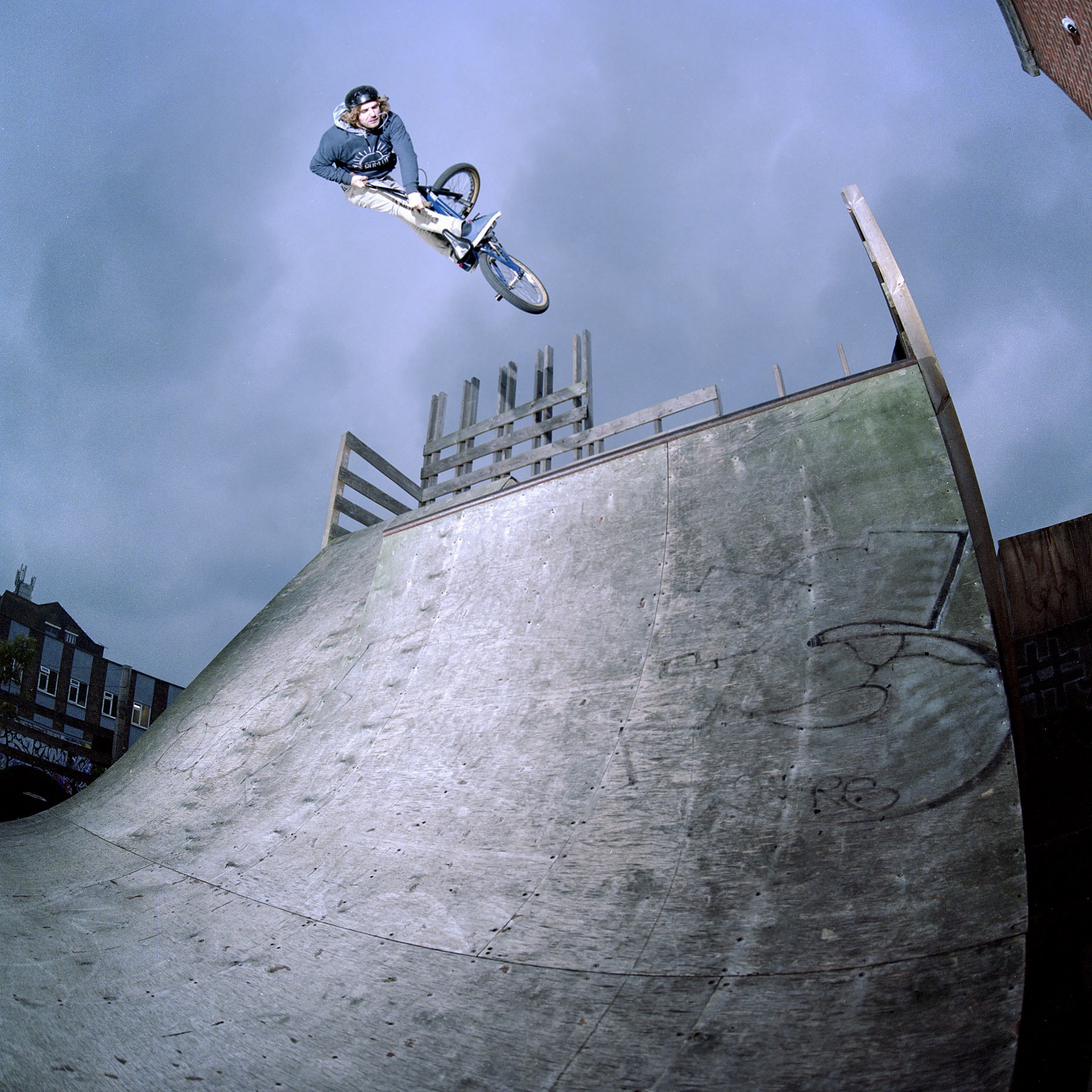

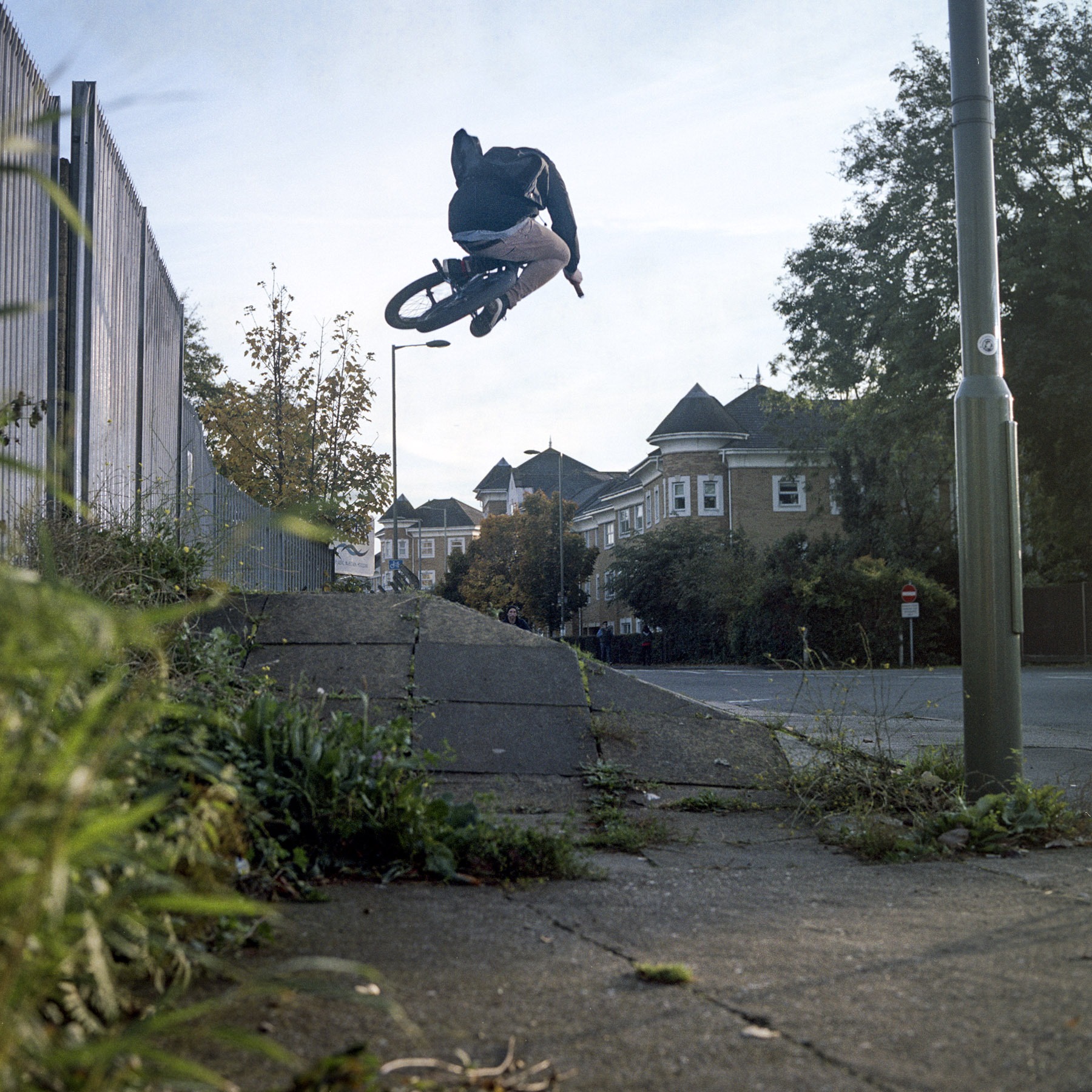


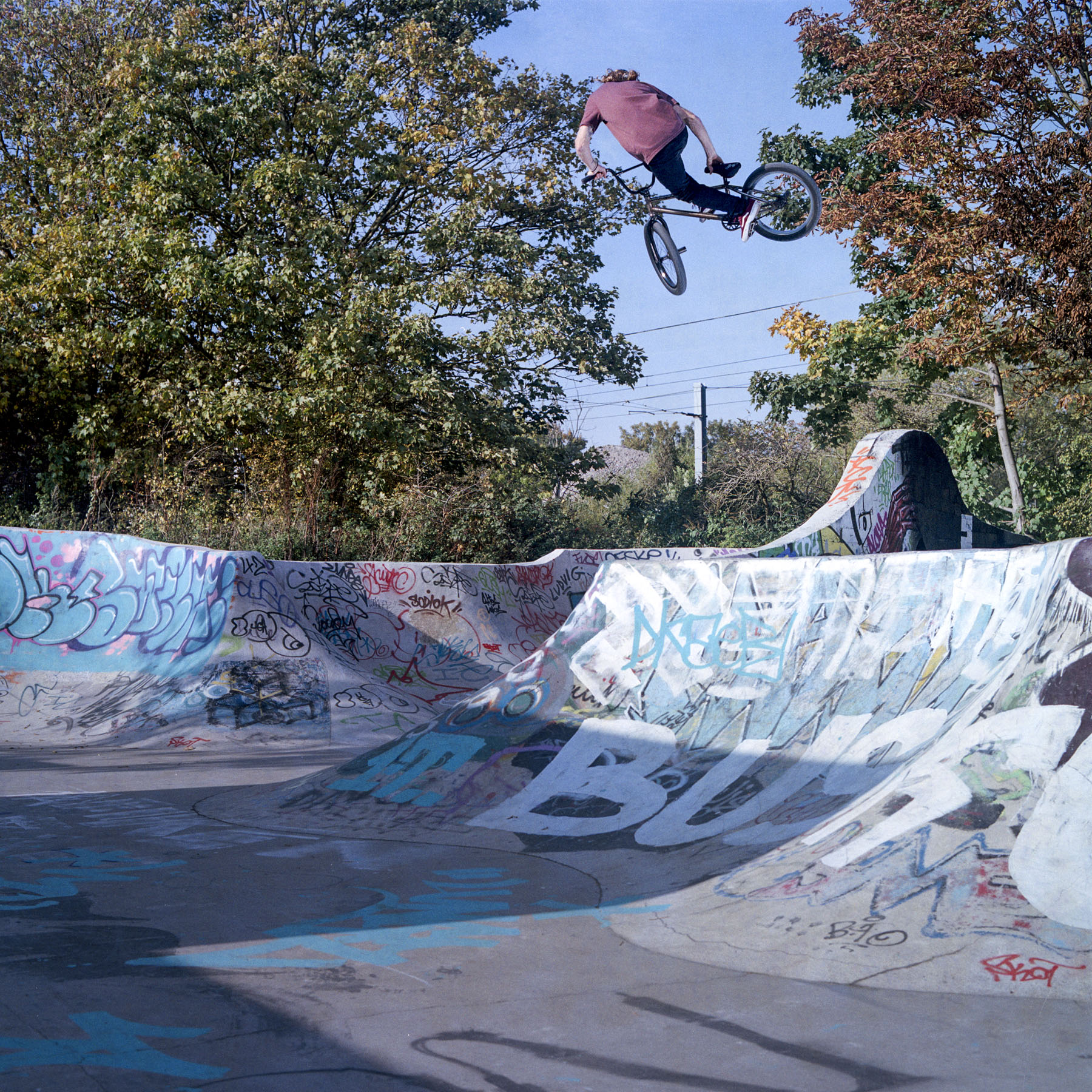
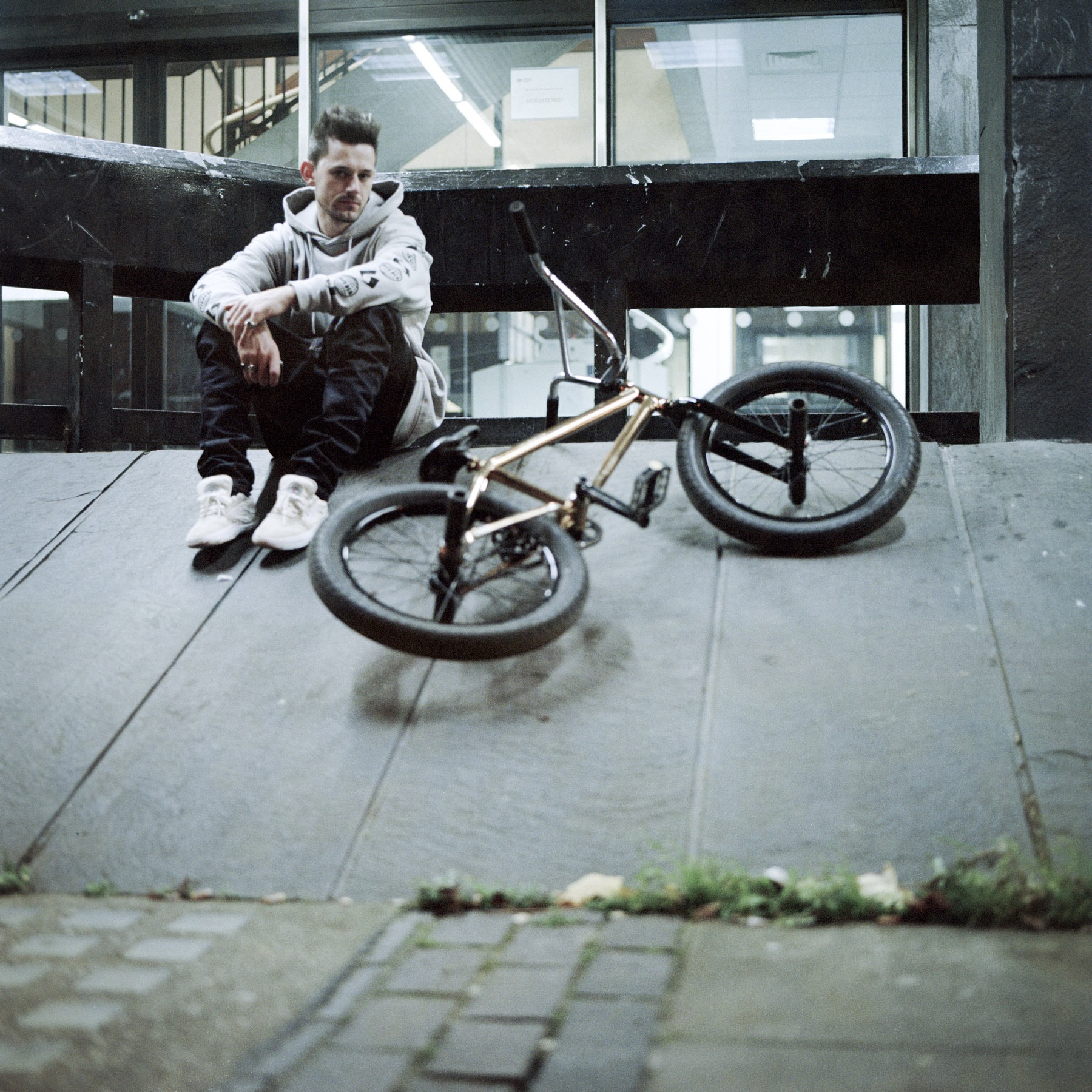
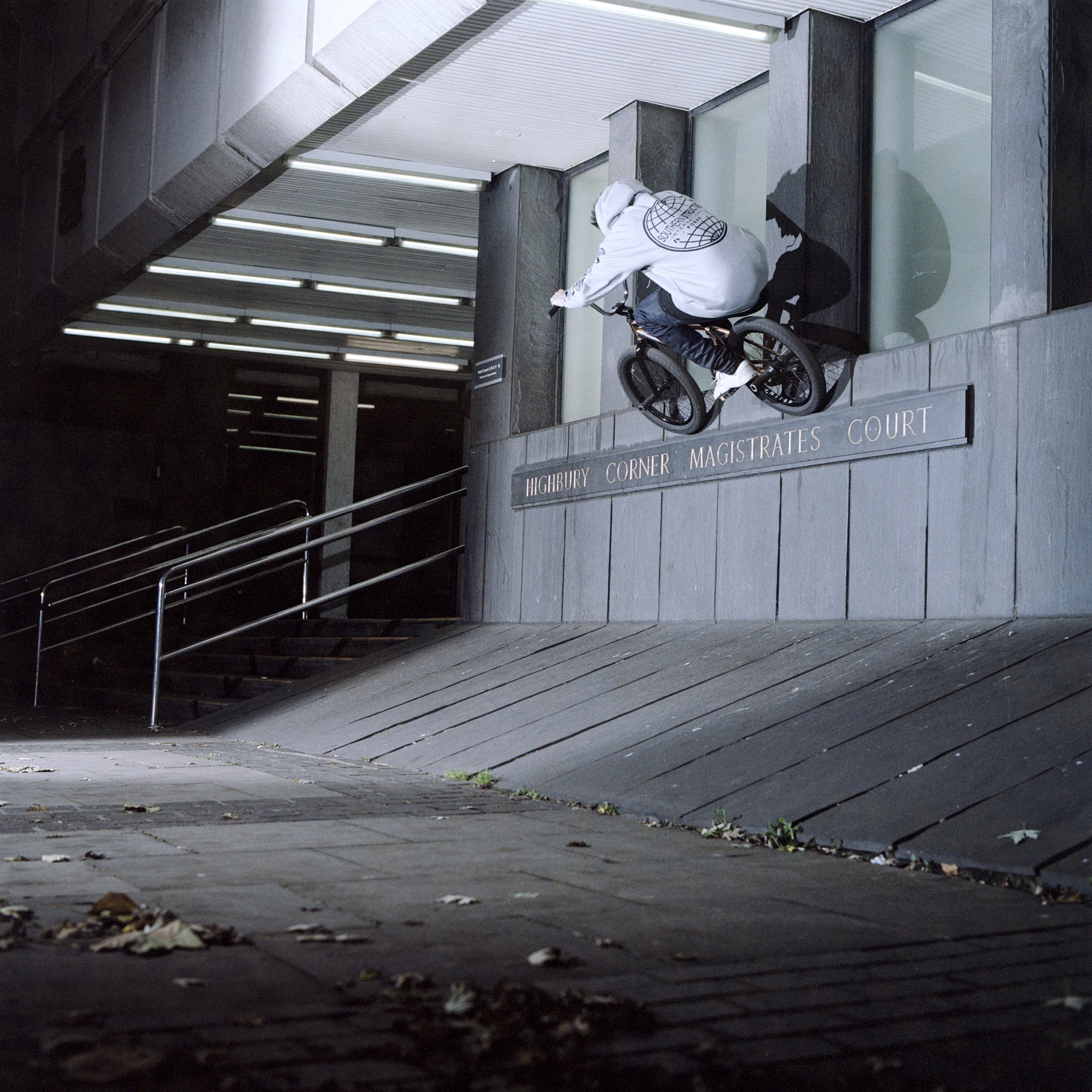
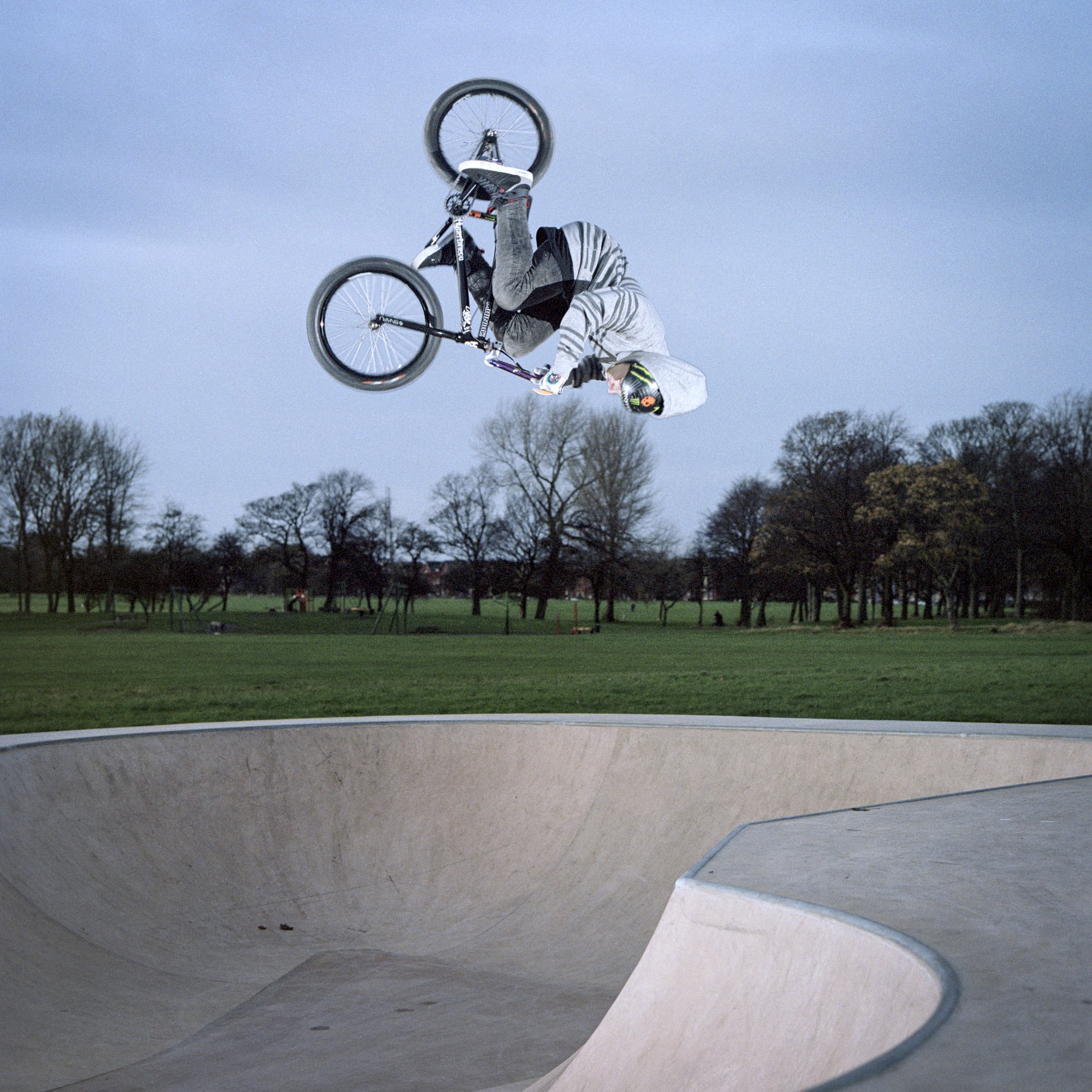
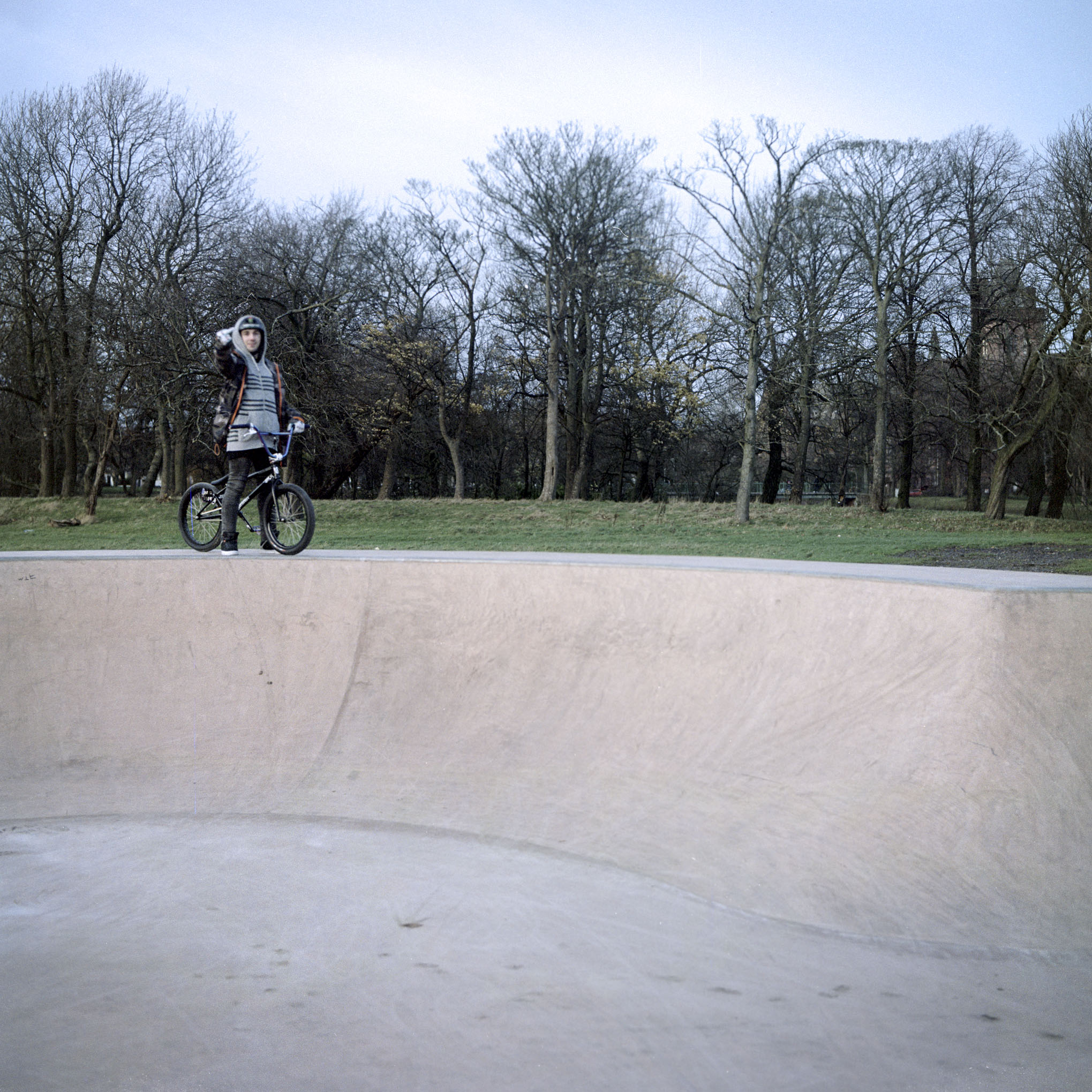
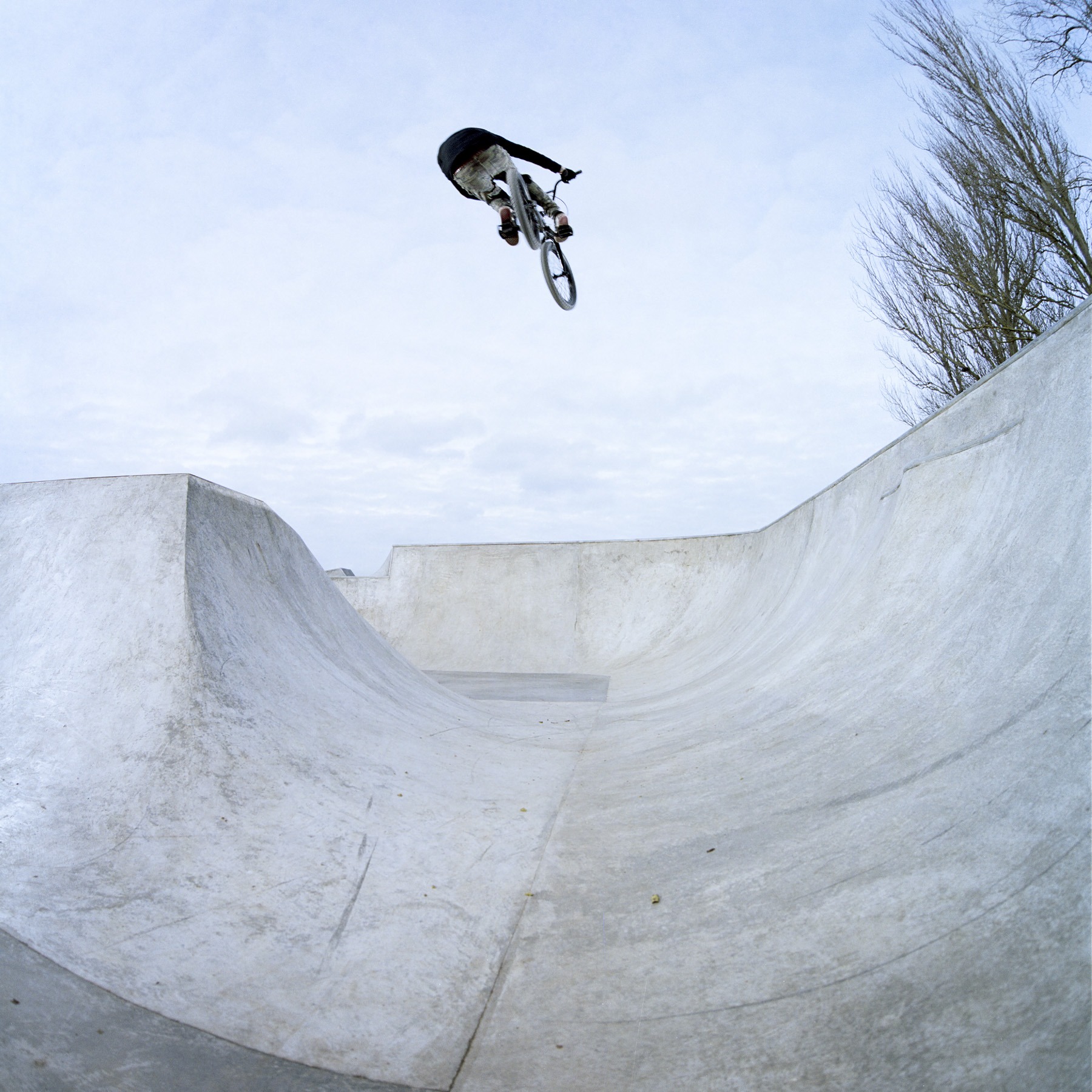
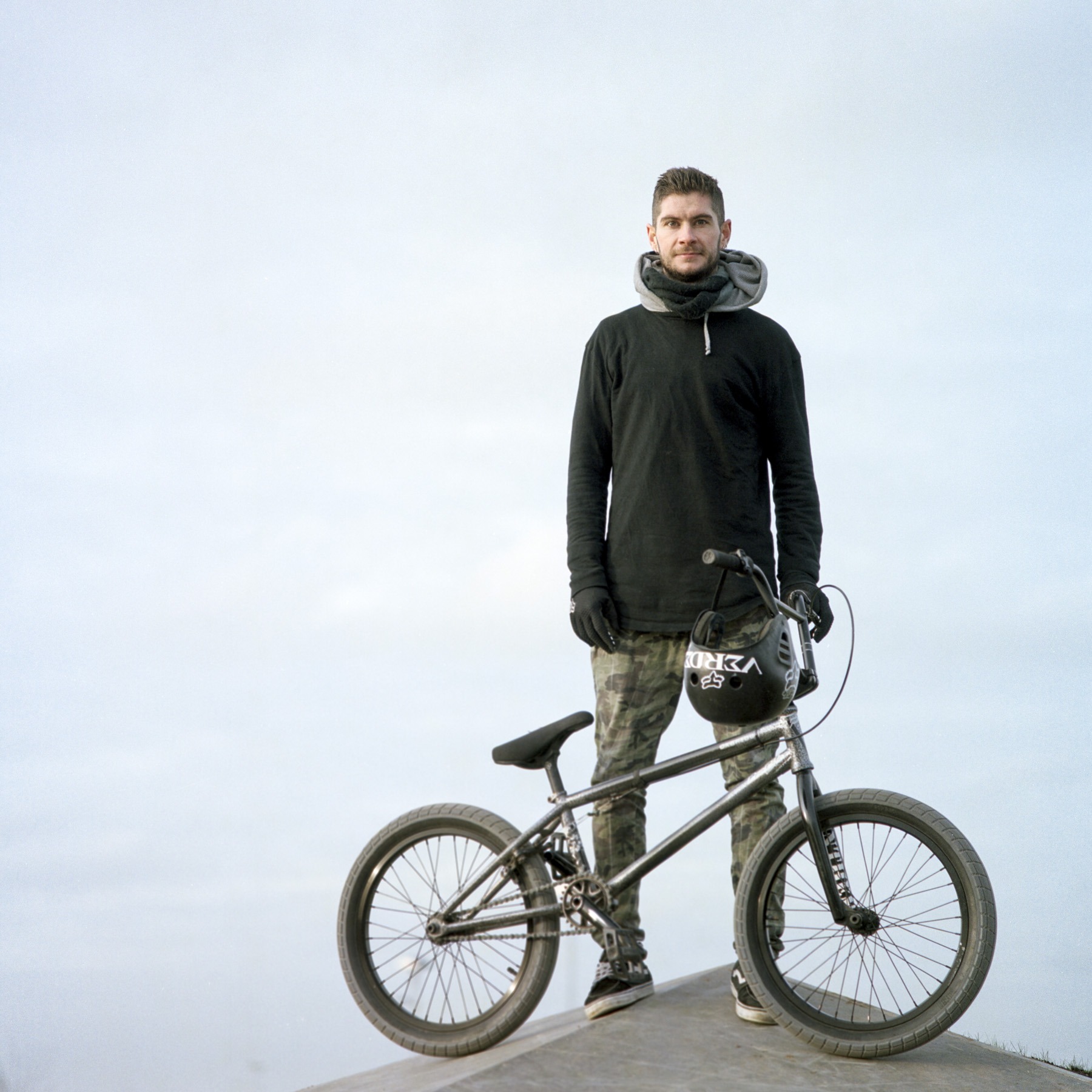

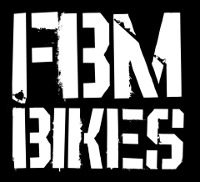

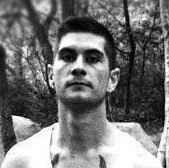



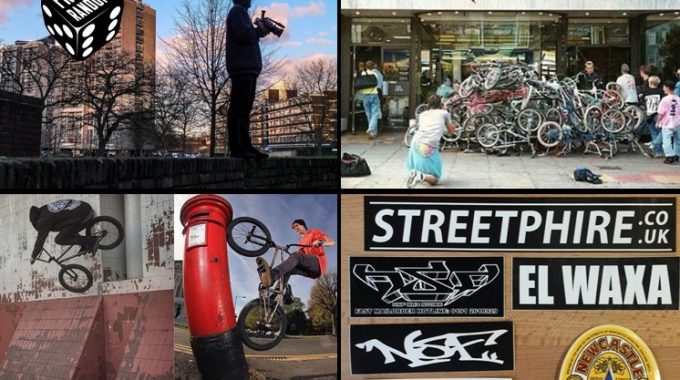
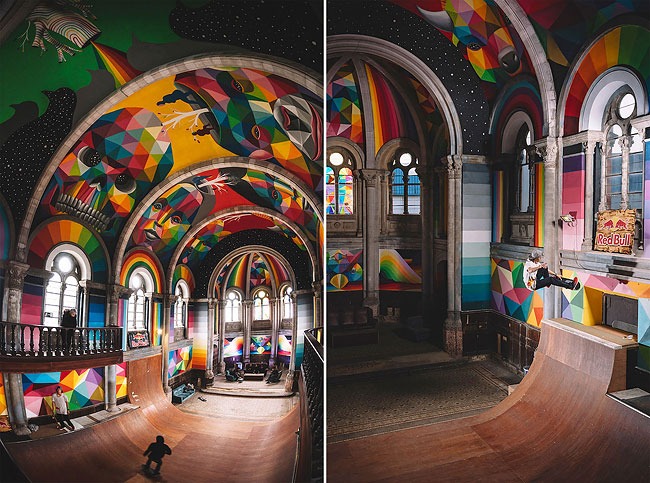
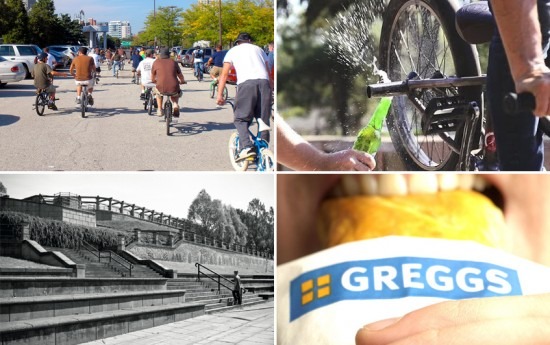
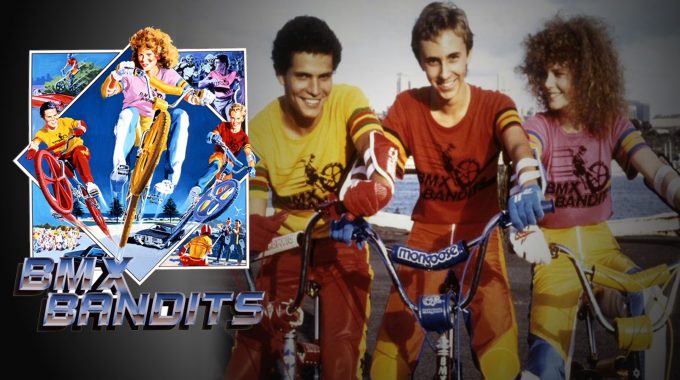

Share